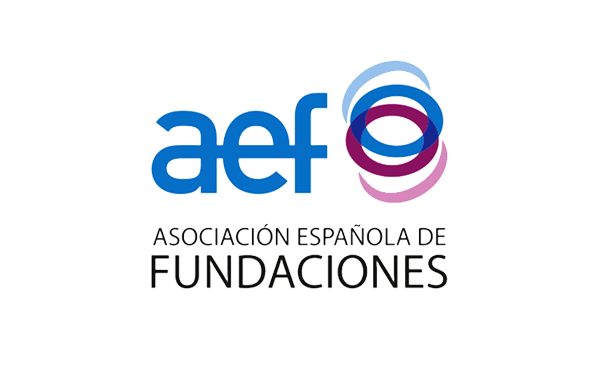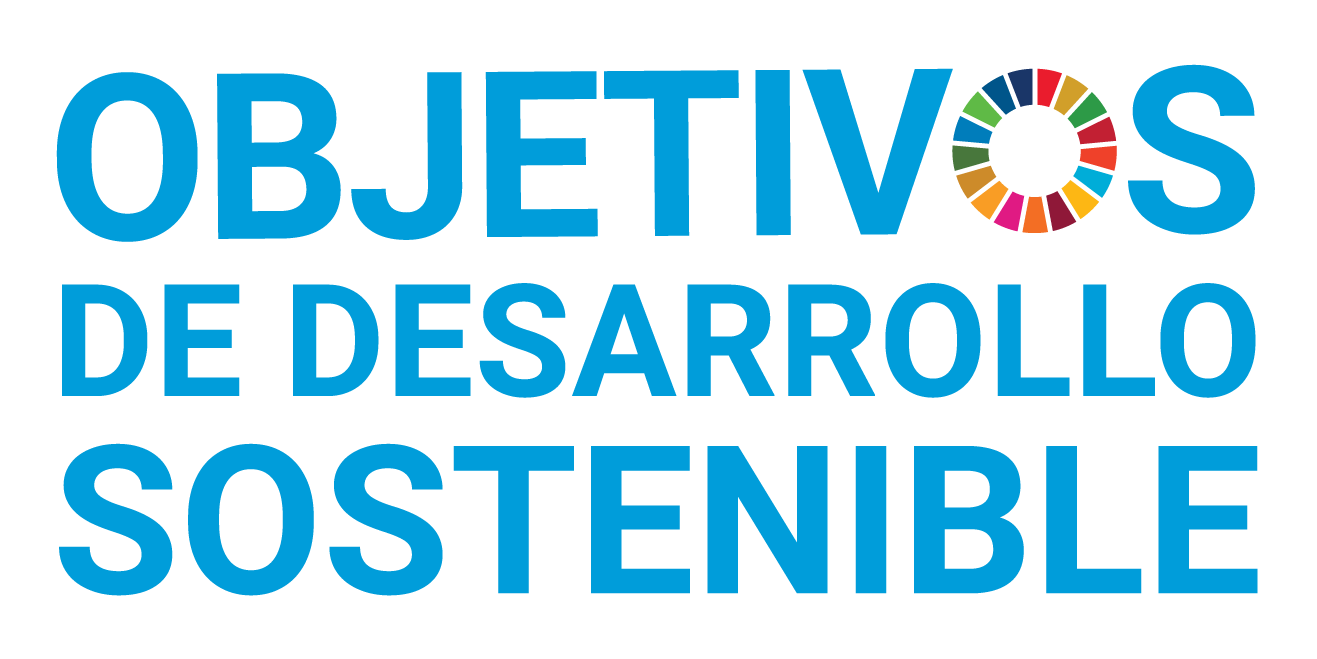CHARACTERS
Discover all this and much more through each of the historic characters involved in the Palace, its halls and treasures, in a unique visit that’s sure to be an unrepeatable experience.
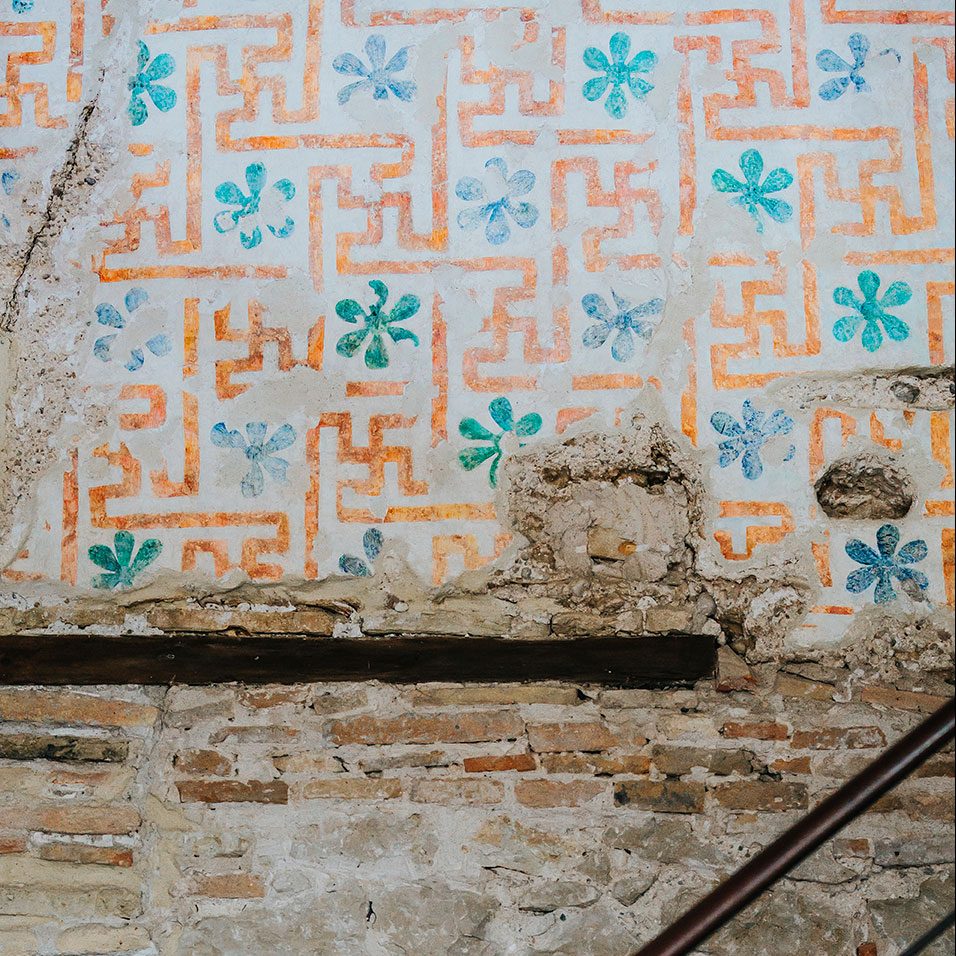
Pedro de Ribagorça
(1305-1381)
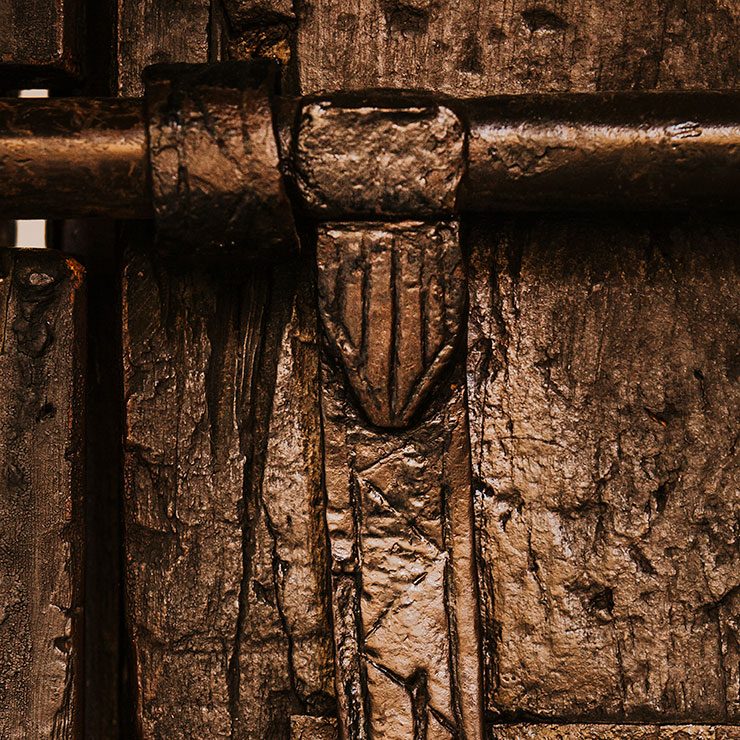
Alfonso de Aragón
(1322/29- 1412)
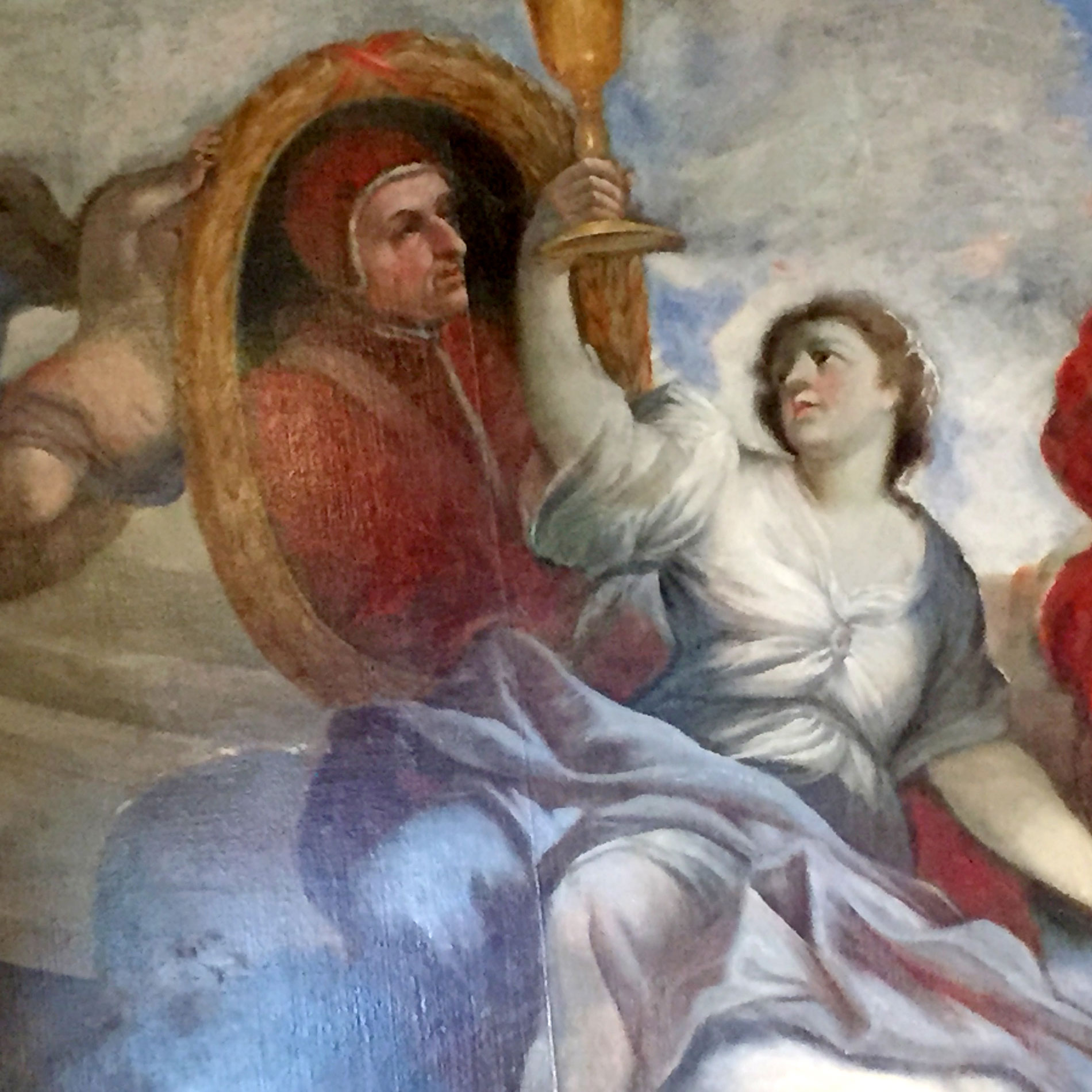
Alfonso de Borja. Pope Calixtus III
(1378-1458)
Pedro de Ribagorça
(1305-1381)
His brilliant political career began in his youth. From 1322, when he inherited the Earldom of Ribagorça from his father, until 1324, he served as the Monarch’s Lieutenant in the Kingdom of Valencia, while serving over this last year as the Royal Ambassador to the Papal Curia of Avignon to negotiate a series of concessions from the Pontiff.
During these years, he adroitly demonstrated his intentions and abilities for becoming a very valid successor to the Crown in the event of the death of his brother Alfonso, even above the rights of Alfonso’s own son, who would eventually reign as Peter the Ceremonious.
In any case, Pedro de Ribagorça was always faithful to his brother Alfonso IV during the latter’s short reign, and was awarded the position of governor, or Seneschal of Catalonia, one of the most prestigious roles in the royal household. When his nephew acceded to the throne at only 17 years of age, and having acted as his tutor in the past, Pedro de Ribagorça played a very important role throughout the reign of Peter the Ceremonious.
Thus, for over 30 years, Pedro de Ribagorça was one of the most influential members of the royal family, and obtained many prestigious titles in the Aragonese crown.
Over his lifetime, he received many manors and lands to increase his possessions. In 1322, his father James II had given him a series of possessions in the Kingdom of Valencia, which were combined with those he already had in Ribagorça: Gallinera Castle, Ebo Valley, the Castle and Villa of Pego, the Castle of Pop, the valleys of Laguar and Xaló and the Castle of Crevillente. Pedro did not maintain these lands on a permanent basis, but rather exchanged and bartered them to suit his economic interests at any given time.
It was in 1323 when he received from his father the lordship of the Castle of Bairén, the Villa of Gandia, the Royal Holdings and Farmsteads of Beniopa and Benipeixcar, along with other smaller places in the Safor district. At that time, such a donation, unlike others given by King James II to his son, was not really intended to enhance Pedro’s prestige, but merely to cover his economic needs. In time, and especially after Alfonso de Aragón, his own son, received these lands in inheritance in 1358, Gandia became the epicentre and capital of the latter’s possessions and his habitual place of residence, being transformed from a lordship into a duchy in 1399, lending greater prestige and importance to the Kingdom of Valencia.
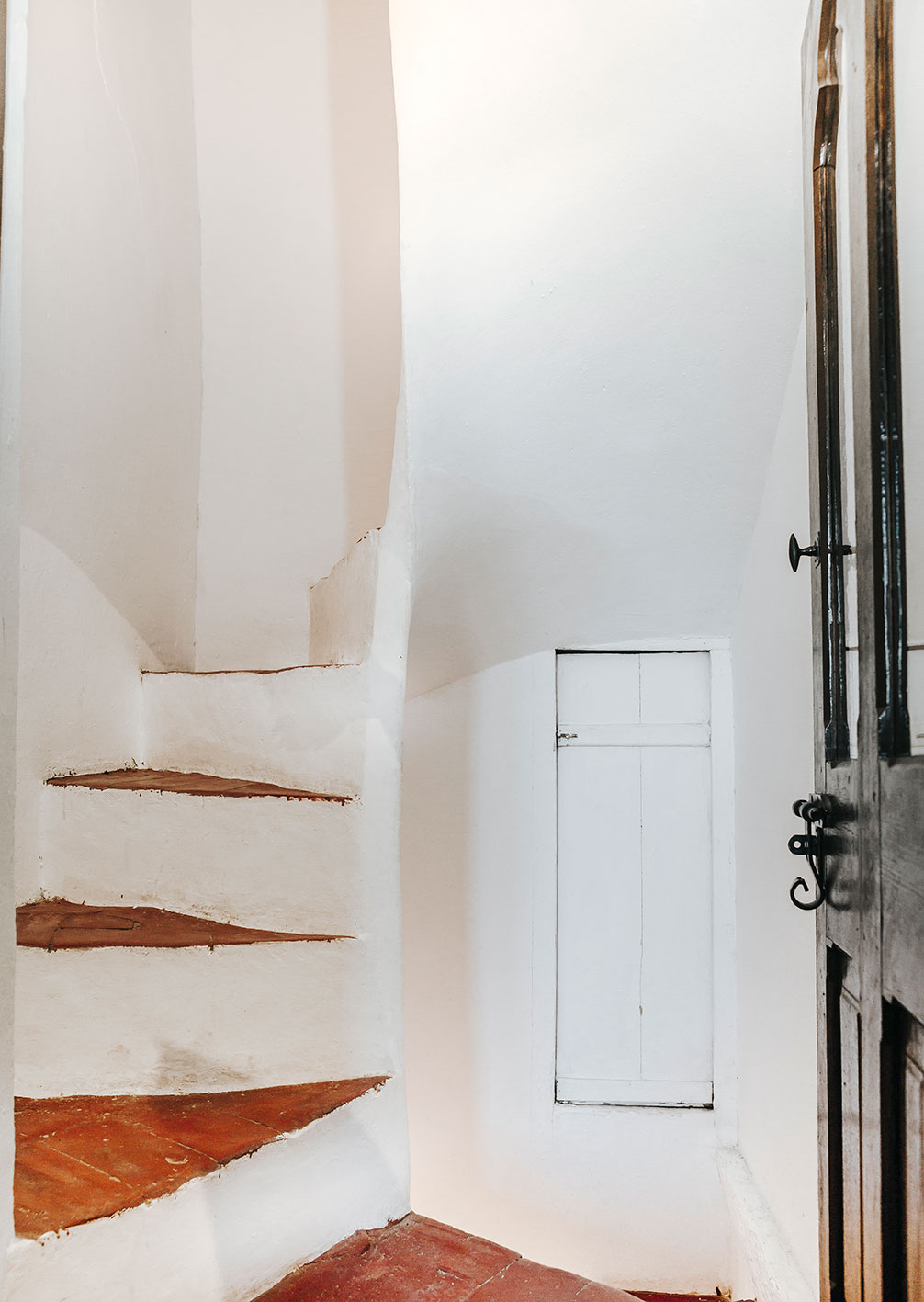
Alfonso de Aragón
(1322/29- 1412)
There is very little information on Alfonso’s childhood, although it could not have been very different from the lifestyle of other children of the great barons, especially at the Royal Court. In 1348, we find a marriage contract signed by Pedro de Ribagorça stating Alfonso de Aragón was betrothed to Violante de Arenós, heiress of the Barony of Arenós, which was added to the possessions that Alfonso received from his father. The contract became effective in 1355, at which time Alfonso began to live a much more prominent public life.
This date also coincided with the start of one of the most violent clashes occurring in the mid-14th century between the two peninsular crowns. This was the so-called War of the Two Peters, a face-off between the Aragonese King, Peter the Ceremonious, and the Castilian monarch, Peter the Cruel, who aimed to recover the southern part of the Kingdom of Valencia to enlarge his Crown of Castile.
In one of these battles he was captured by the English, who were fighting on the Castilian side, becoming their prisoner for about five years. To pay the exorbitant ransom being asked, he had to seek guarantees from many of his allied nobles, and even hand over two of his sons, Pedro and Alfonso, as hostages. The latter was in English hands for over twenty years.
Following the death of his father, Alfonso became his main heir, being known as Alfonso the Younger, the 2nd Duke of Gandia.
Alfonso the Elder was, like his father before him, one of the most powerful nobles of the Crown of Aragon, with territories both inside it, such as the Earldom of Dénia and the Lordship of Gandia, and also in Castile, thanks to a pact signed with Henry of Trastámara, later King Henry IV of Castile, from whom he received the Marquisate of Villena, a vast territory within the Castilian crown, making him lord on both sides of the border that divided the peninsular kingdoms, and also holding the title of Constable of Castile.
Towards the end of his life, Alfonso received another distinction. In 1399, King Martin the Humane, on the occasion of his coronation, raised the Lordship of Gandia to a Duchy, for services that Alfonso had rendered to the crown, making him the 1st Duke of the Villa.
And so, although both Alfonso and his wife Violante de Arenós habitually visited their other important possessions under their domain, Alfonso de Aragón made Gandia his main residence, where he established his court, which then began to stand out for the level of artistic and literary skills of many of its members. Pere March, always faithful to Alfonso, held the position of attorney general of Alfonso, and Pere’s son, Ausiàs March, also delighted the Gandian court with his verses before joining the court of Alfonso the Magnanimous. Other men of letters, such as Joan Martorell, author of “Tirant lo Blanc”, and Roís de Corella, were also present at the court of the Elder, as were prominent figures like the Franciscan friar Francesc Eiximenis, who dedicated his book “Twelfth of the Christian” to the Duke of Gandia.
What’s more, Alfonso the Elder was a great benefactor to the Villa of Gandia, elevating the town to some of its most splendid moments in history. And nearby one of his largest endeavours was already underway: the Monastery of San Jerónimo de Cotalba. Inside the old monastery, he renewed the walls, rebuilt the Church of Santa María, giving it a completely new atmosphere, forged ahead with his project for the new Villa, extending the walls westward, and of course never neglecting his own residence, the palace, which was enlarged and ennobled in accordance with his standing.
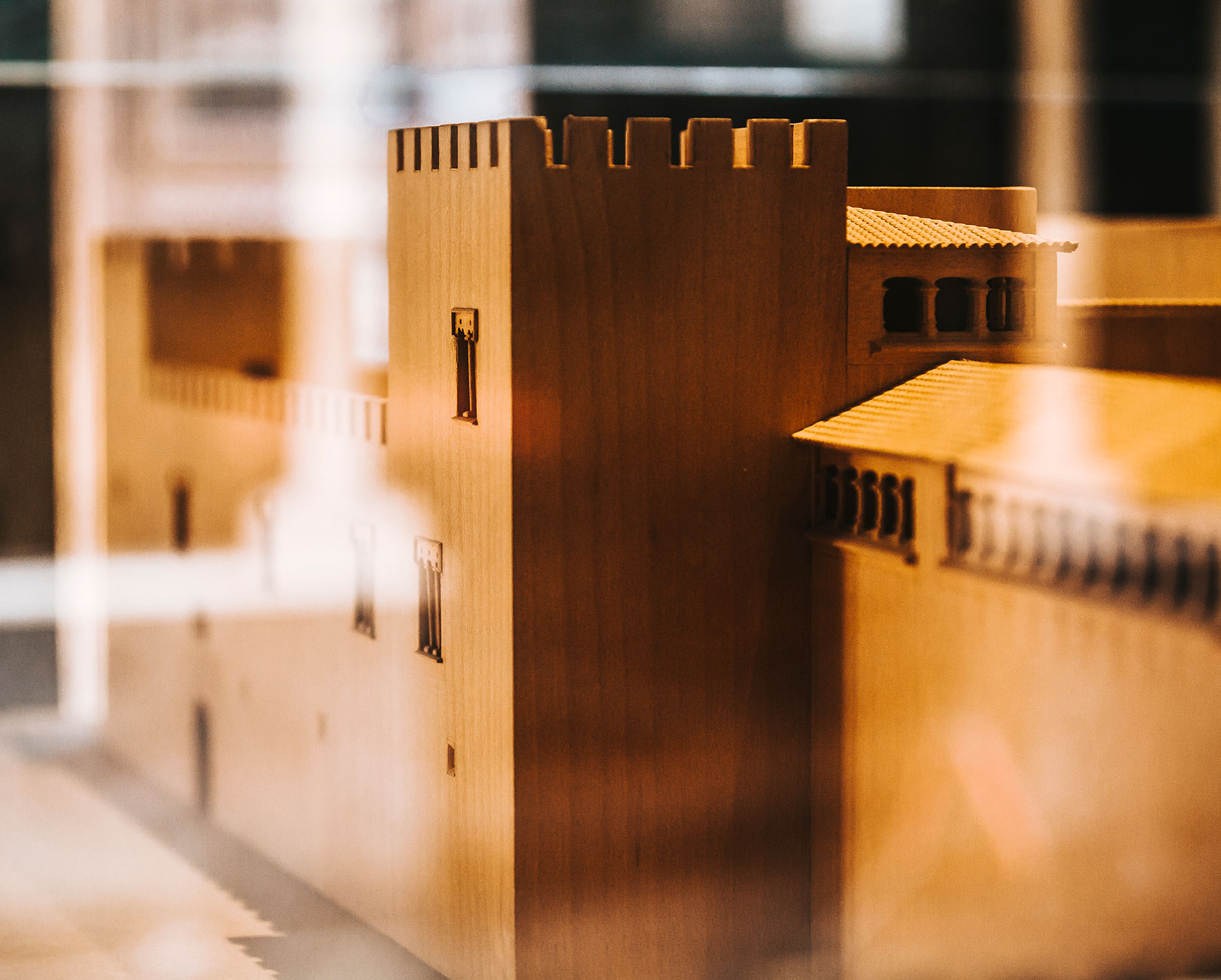
Alfonso de Borja. Pope Calixtus III
(1378-1458)
Alfonso de Borja began his brilliant political career as a jurist in the court of Alfonso the Magnanimous, which launched him to the Cardinalate in 1444 as an award for his intervention in the Western Schism. The conflict was between Benedict XIII, known as Pope Luna, and his successor, Clement VIII, who were not recognised by the Roman Church and took refuge in the Castle of Peñíscola, becoming a true headache for the Aragonese monarch, and all of Western Christianity
Alfonso was also awarded another prize of the first magnitude, the Bishopric of Valencia, the site offering the most power, and the best tithes, in the entire kingdom. In fact, Valencia in the days of Alfonso the Magnanimous was probably the most populous and prosperous city of all the Christian kingdoms on the peninsula, a centre of commerce with Italy and magnet for men of arts and letters.
At this time, the Bishopric of Valencia was captained by members of the Borja family for a period of over eighty years. In later years, Valencia held close ties to the Magnanimous and furthered his Neapolitan campaign, being in charge of organising the new administration of his conquest.
Later on, in 1455, at the age of 77, Alfonso reached the highest position in Christianity, the papacy, but would only enjoy this post for four years, passing away in 1458.
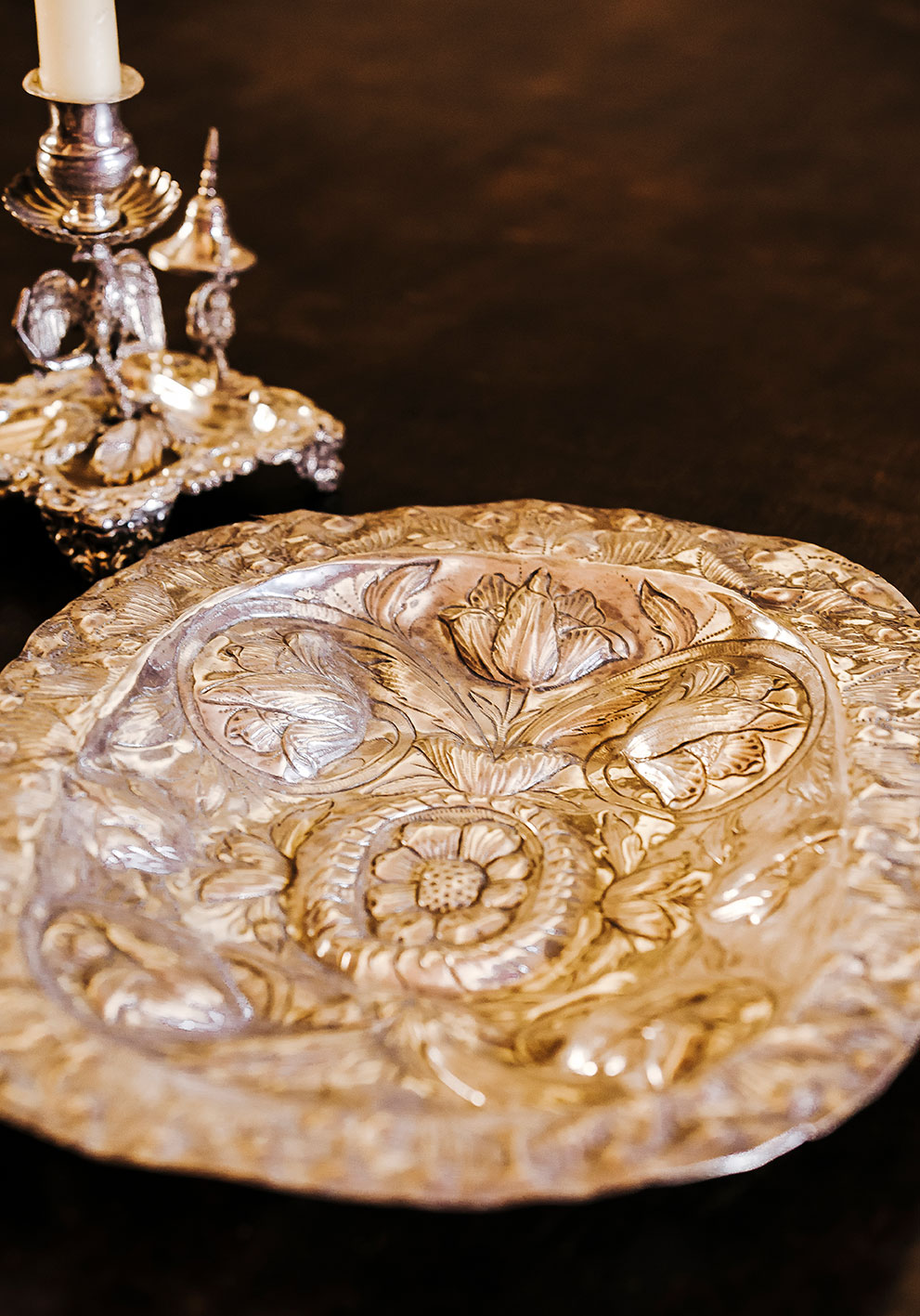
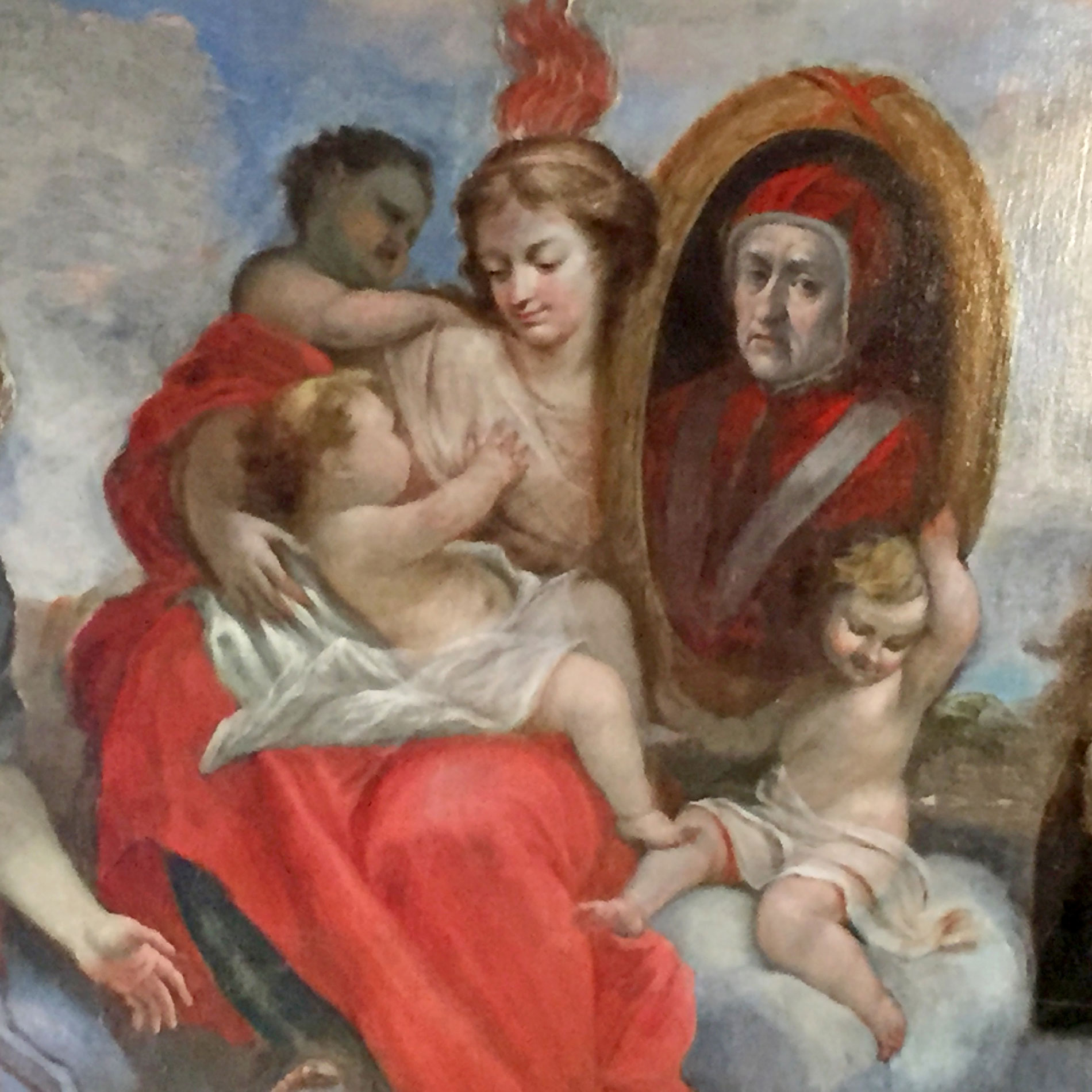
Rodrigo de Borja. Pope Alexander VI
(1431-1503)
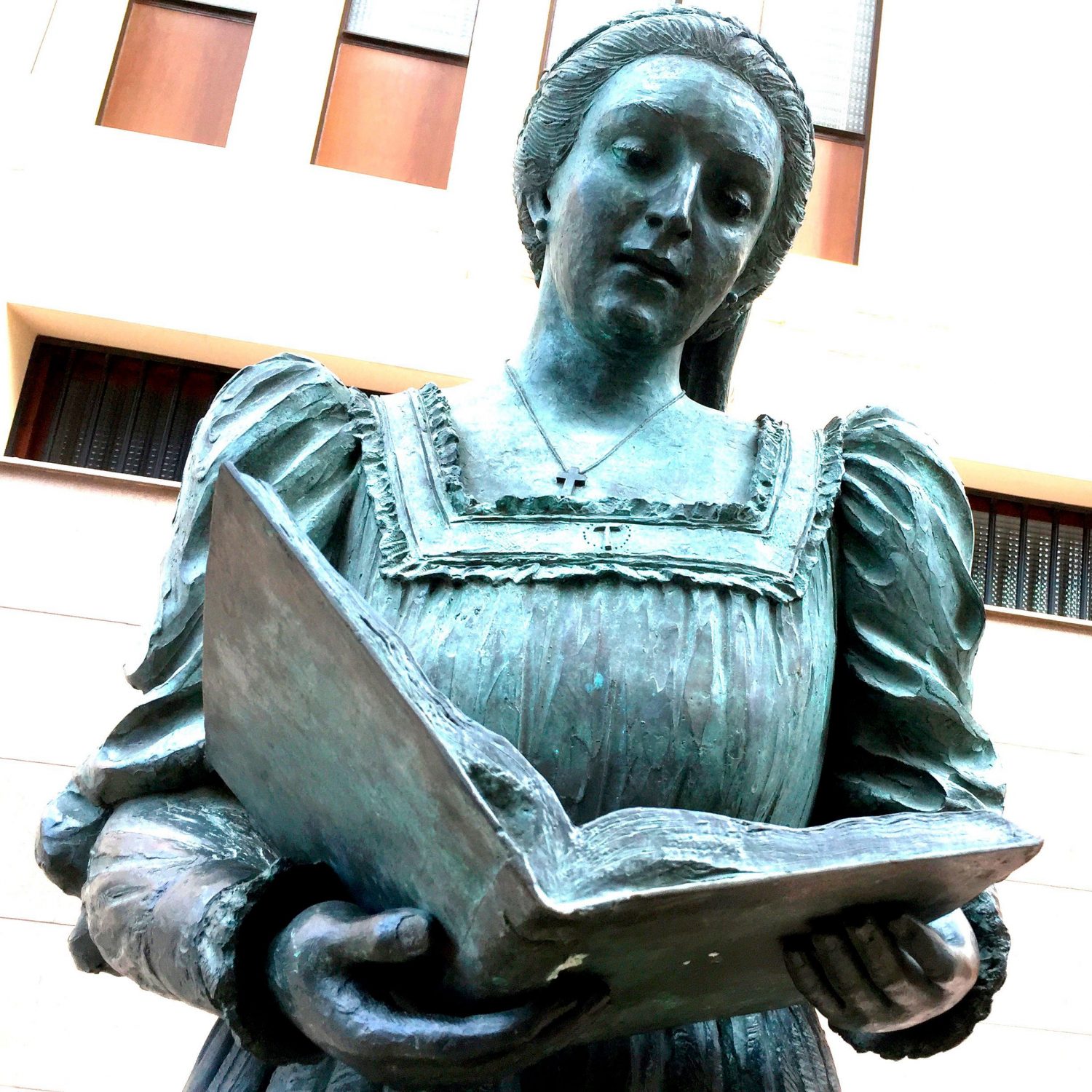
María Enríquez de Luna
(1474-1539)
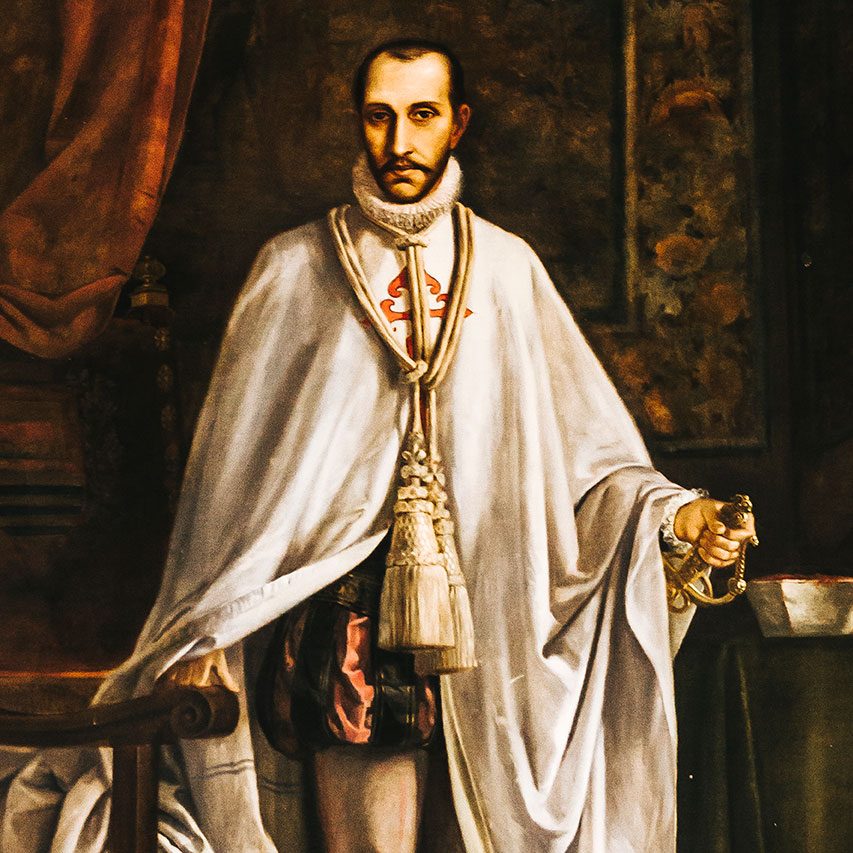
Francis Borja
(1510-1572)
Rodrigo de Borja. Pope Alexander VI
(1431-1503)
As cardinal, he accumulated wealth and possessions to become one of the most important and influential men in the Roman Curia. He also had political connections which he used to obtain the papacy in 1492.
His achievements as pope, his administrative capacities and his outstanding works as patron of the arts not only served the Roman Church, but also his own family interests. In the early years of his pontificate, Alexander VI was already considered to be a satisfied and contented pope. He had appointed new and trusted cardinals at court, and in the Curia he was surrounded by Valencian relatives and compatriots, to the extent that Valencian became the language normally spoken wherever he happened to be.
But Alexander VI would always be a pope surrounded by controversy. He was father to nine children, of note among whom was Lucrezia Borgia, used as currency by her father in the numerous marriages he pre-arranged; Cesare Borgia, who also held the Bishopric of Valencia at the tender age of 17 and become a cardinal at 18 in the Roman Curia; and also Juan, the 2nd Duke of Gandia.
Although not all of his eleven years in the pontificate was a bed of roses, and Alexander VI would often encounter problems and opponents from outside and inside his own family, this was the time when the Borja family, Romanising their surname to Borgia, developed all their strength and power, giving rise to a series of darker legends about their members.
Whatever the truth, and despite his spectacular rise to power, Rodrigo de Borja would never forget his beloved Valencian lands. In 1485, taking advantage of Ferdinand the Catholic’s search for financing the conquest of Granada, the future pope decided to buy one of the king’s possessions in the Kingdom of Valencia, which was of course none other than the Duchy of Gandia. The Lordship of Gandia, converted into a Duchy in 1399 by King Martin the Humane, had long enjoyed political and military importance since Alfonso the Elder established it as his habitual residence in the middle of the 14th century. Yet when the Duchy was taken over by the son of the Elder, Alfonso the Younger, and then later reverted to the Crown of Aragon when the latter died childless in 1424, the Villa of Gandia fell upon exceedingly hard times until the arrival of the Borjas.
By purchasing the Duchy, Rodrigo de Borja completely and finally separated the Duchy of Gandia from the Crown of Aragon. Rodrigo’s eldest son, Pedro Luís, then became the 1st Borja Duke de Gandia, although he was only able to enjoy this title for four years, dying in 1488.
It was then that the Duchy of Gandia, along with the marriage commitment already assigned to Pedro Luís, passed on to the latter’s brother, Juan de Borja, another son to Rodrigo, who thus became the 2nd Duke of Gandia, and, as agreed, he married María Enríquez de Luna, cousin to King Ferdinand the Catholic. With another premature death of the 2nd Duke of Gandia, whose body was found floating in the waters of the Tiber River in Rome, Maria Enriquez found herself in charge of the Duchy until her eldest son, also named Juan, could take over.
In this manner, thanks to his perfectly meditated purchase, the future Pope Alexander VI established a link with his homeland from Rome, managing to make his Duchy re-emerge, phoenix-like, from its ashes. And this was because the Pope himself and his successors began their expansion, just as Rodrigo de Borja had wanted, with Gandia soon becoming one of the most important and influential territories on the peninsula, on a level similar to other noble families, and a hub for one of the crops that would contribute the most to the ducal coffers: Valencian sugar cane.
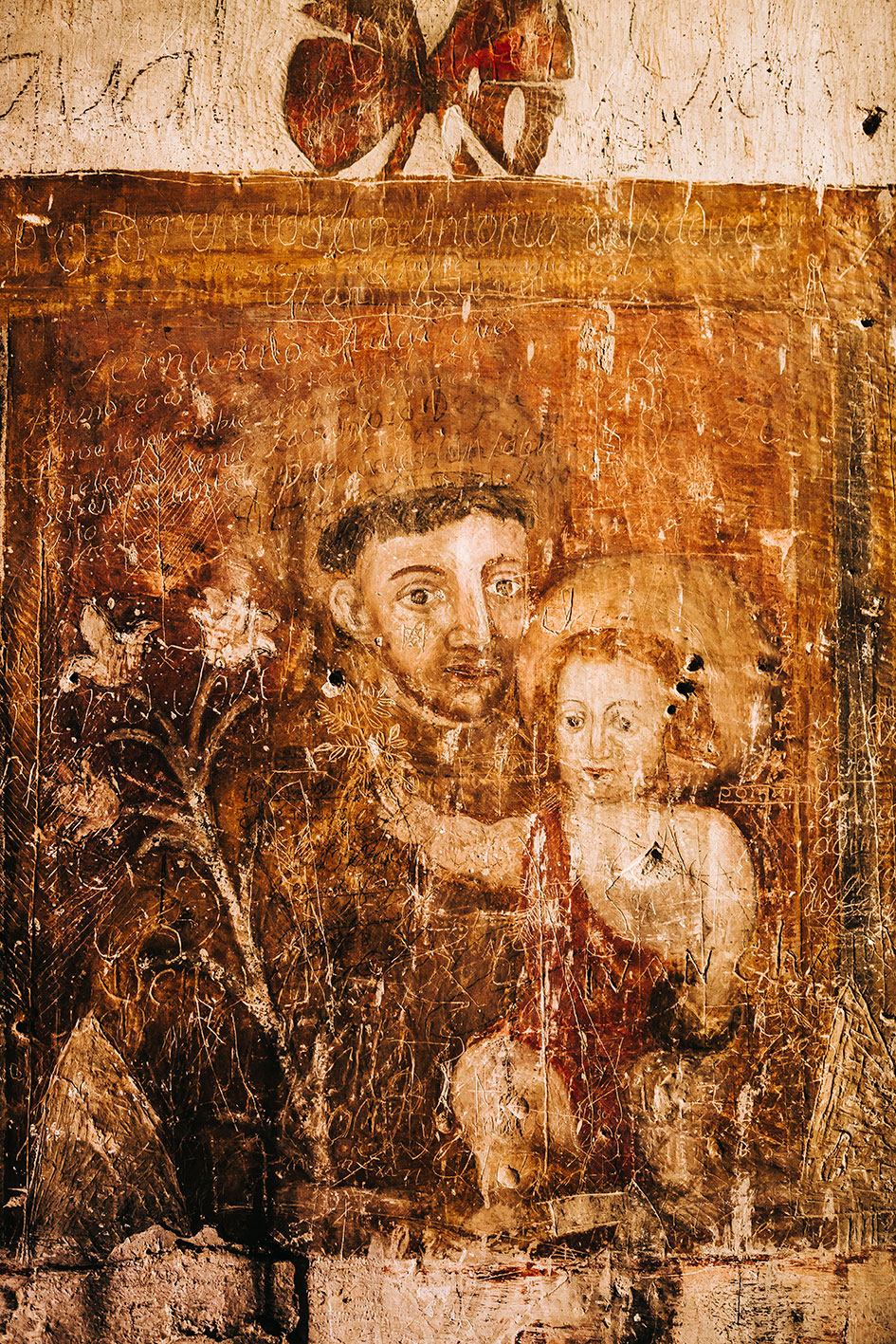
María Enríquez de Luna
(1474-1539)
María Enríquez married twice, widowing in both cases. She was first married to the 1st Duke of Gandia, Pedro Luís de Borja, eldest son of Rodrigo de Borja (the future Pope Alexander VI). When Pedro Luis died prematurely in 1488, both the Duchy of Gandia and Pedro’s marriage commitment, not yet consummated, passed to his half-brother, Juan de Borja, also Rodrigo’s son.
The wedding was held in Barcelona with the Catholic Monarchs, Ferdinand and Isabella, acting as godparents, and in 1493 the newly married couple arrived in Gandia, which would become the permanent residence of Duchess Maria. At twenty she bore her eldest son, Juan, and shortly after, her daughter, Isabel.
Thus, in 1496 Juan returned to Rome, where for unknown reasons he was murdered a year later, leaving Maria a widow. This was a hard blow for María Enriquez, who had to focus on the regency of the Duchy (from 1497 to 1511) and on educating her two children.
Of the members of the Borja family, Maria maintained closer ties to Lucrezia, with whom she shared her sorrow for the loss of her two husbands, Lucrezia’s brothers. From Pope Alexander, on the other hand, she wanted concessions and money which she would spend on ennobling the town. During this time, Duchess Maria cleared up the accounts of the town by selling a few possessions to the Italian states, colonised the marshlands around the Castle of Bairén and reordered the archives of the Duchy.
In addition, she undertook an extension to the Church of Santa María de Gandia, and convinced the Pope to elevate it to a Collegiate Church, and bequeathed the regency to her son Juan and all his descendants in perpetuity. Great artists were summoned to work on the church, such as the architect Pere Comte and the sculptor Damià Forment. From Italy came the painter Paolo de San Leocadio, to whom the Duchess commissioned a series of images for the main altar of the temple, and an Epiphany for the Convent of Santa Clara, in addition to other works for her residence, the Ducal Palace, thus converting Gandia into a flourishing Renaissance city.
On the death of Alexander VI, María Enriquez was cut off from the Italian branch of the family and the interests pursued by the Pope, and once her son reached a suitable age, she gave over the Duchy to him, naming him 3rd Duke of Gandia. Having fulfilled her expectations, María Enriquez entered the Convent of Santa Clara de Gandia under the name of Maria Gabriela, where her daughter Isabel was already a nun, and where she eventually became abbess, finally dying in 1539.
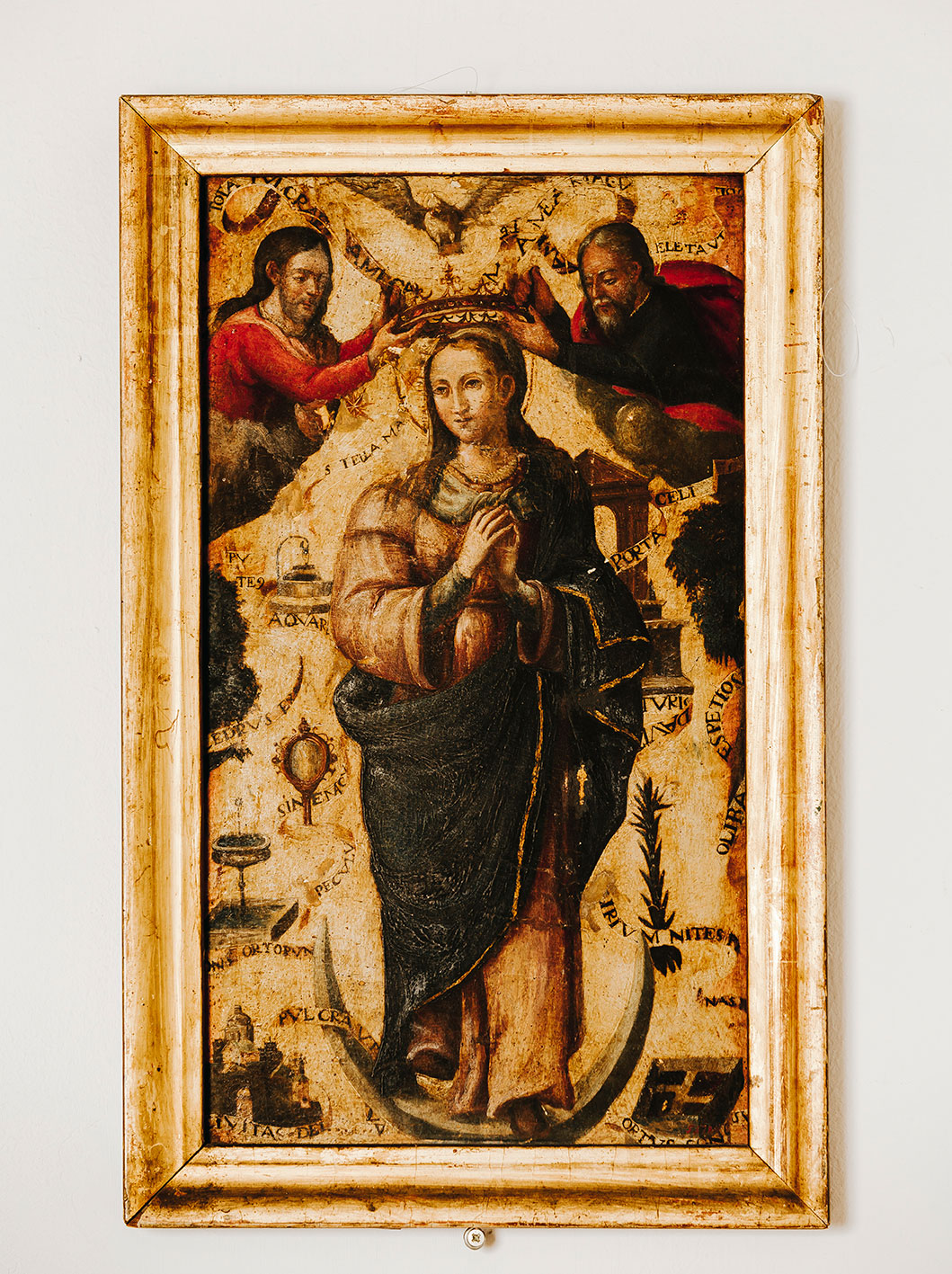
Francis Borja
(1510-1572)
As a child, he witnessed the anti-nobility uprising called the Revolt of the Brotherhoods (Germanías) around Valencia, with Gandia being the site of some of the worst pillaging, especially at the Ducal Palace. Francis was whisked away to avoid danger, being taken to Zaragoza, where he was under the tutelage of his uncle Juan, the archbishop of the city, for several years. At 18 he entered the court of the Emperor Charles I of Spain and V of Germany, gradually gaining the confidence of the emperor himself and his wife, Isabella of Portugal.
At 19 he married one of the empress’s favourites, the Portuguese Leonor de Castro. In 1530, the first of his eight children was born, being named Carlos, in honour of the emperor he served. That same year the king himself rewarded Francis for his services and granted him the title of Marquis de Llombai.
After four years in the post of Viceroy of Catalonia and after the death of his father, Juan de Borja, Francis inherited the title of 4th Duke of Gandia in 1543, and returned to the palace. During his stay in Gandia, he achieved, among others, the extension of the city walls, the reformation of the old hospital and the construction of the University of Gandia, the first Jesuit university in the world. He also managed to help and protect the religious orders of the Duchy.
At the age of 40, after the death of his wife Leonor de Castro, Francis Borja abandoned all ties to his former life at court, entering the newly founded Company of Jesus in 1548, under the tutelage of San Ignacio de Loyola, of which he became its 3rd General in 1564.
Francis Borja died in Rome in 1572, where he was buried. Later, at the persuasion of the Spanish nobility, his mortal remains were translated to Madrid, where they still rest in the Church of the Society of Jesus.
Francis Borja was beatified in 1624 by Pope Urban VIII, and canonised in 1671 by Clement X.
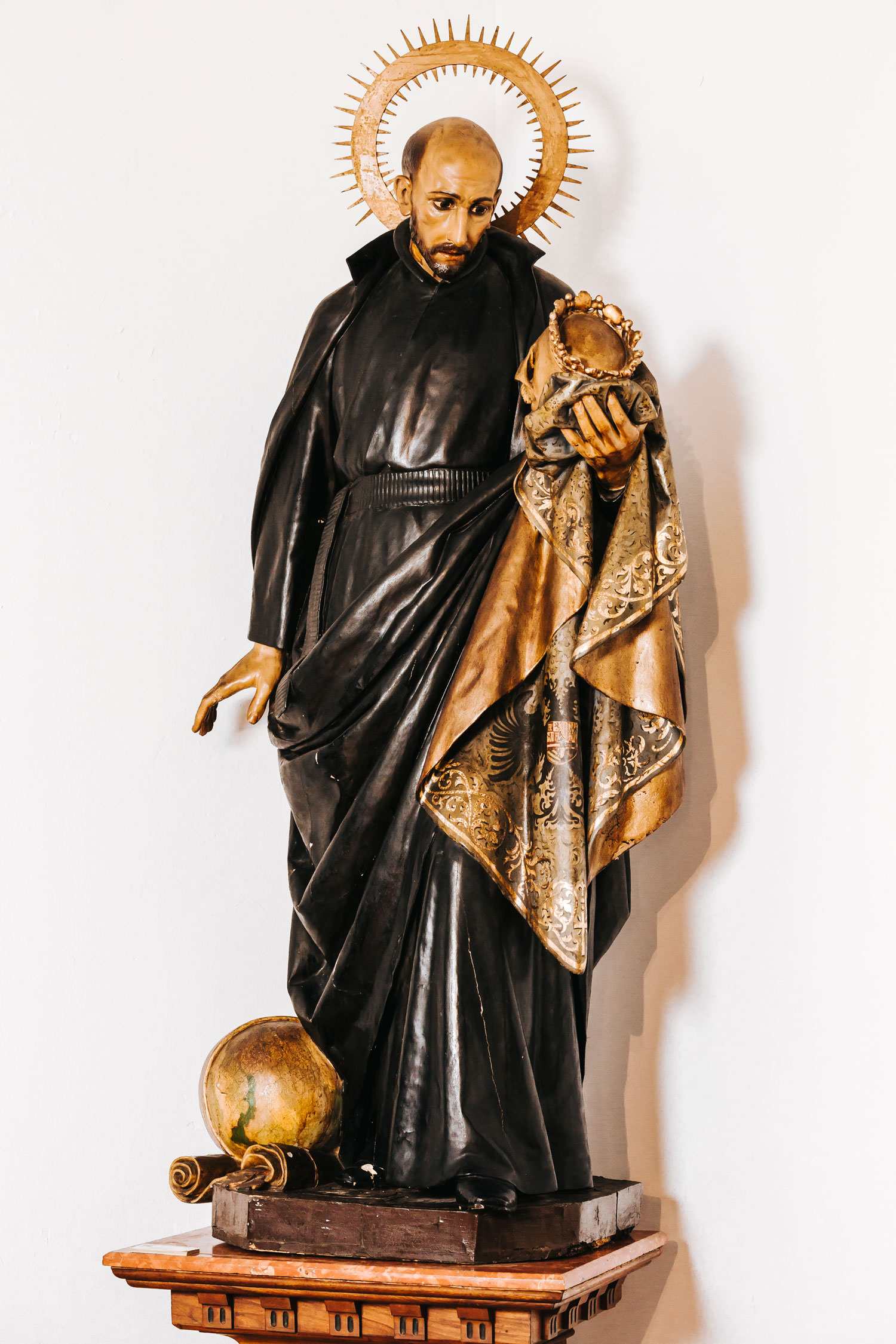
CHARACTERS

Pedro de Ribagorça
(1305-1381)
His brilliant political career began in his youth. From 1322, when he inherited the Earldom of Ribagorça from his father, until 1324, he served as the Monarch’s Lieutenant in the Kingdom of Valencia, while serving over this last year as the Royal Ambassador to the Papal Curia of Avignon to negotiate a series of concessions from the Pontiff.
During these years, he adroitly demonstrated his intentions and abilities for becoming a very valid successor to the Crown in the event of the death of his brother Alfonso, even above the rights of Alfonso’s own son, who would eventually reign as Peter the Ceremonious.
In any case, Pedro de Ribagorça was always faithful to his brother Alfonso IV during the latter’s short reign, and was awarded the position of governor, or Seneschal of Catalonia, one of the most prestigious roles in the royal household. When his nephew acceded to the throne at only 17 years of age, and having acted as his tutor in the past, Pedro de Ribagorça played a very important role throughout the reign of Peter the Ceremonious.
Thus, for over 30 years, Pedro de Ribagorça was one of the most influential members of the royal family, and obtained many prestigious titles in the Aragonese crown.
Over his lifetime, he received many manors and lands to increase his possessions. In 1322, his father James II had given him a series of possessions in the Kingdom of Valencia, which were combined with those he already had in Ribagorça: Gallinera Castle, Ebo Valley, the Castle and Villa of Pego, the Castle of Pop, the valleys of Laguar and Xaló and the Castle of Crevillente. Pedro did not maintain these lands on a permanent basis, but rather exchanged and bartered them to suit his economic interests at any given time.
It was in 1323 when he received from his father the lordship of the Castle of Bairén, the Villa of Gandia, the Royal Holdings and Farmsteads of Beniopa and Benipeixcar, along with other smaller places in the Safor district. At that time, such a donation, unlike others given by King James II to his son, was not really intended to enhance Pedro’s prestige, but merely to cover his economic needs. In time, and especially after Alfonso de Aragón, his own son, received these lands in inheritance in 1358, Gandia became the epicentre and capital of the latter’s possessions and his habitual place of residence, being transformed from a lordship into a duchy in 1399, lending greater prestige and importance to the Kingdom of Valencia.


Alfonso de Aragón
(1322/29- 1412)
There is very little information on Alfonso’s childhood, although it could not have been very different from the lifestyle of other children of the great barons, especially at the Royal Court. In 1348, we find a marriage contract signed by Pedro de Ribagorça stating Alfonso de Aragón was betrothed to Violante de Arenós, heiress of the Barony of Arenós, which was added to the possessions that Alfonso received from his father. The contract became effective in 1355, at which time Alfonso began to live a much more prominent public life.
This date also coincided with the start of one of the most violent clashes occurring in the mid-14th century between the two peninsular crowns. This was the so-called War of the Two Peters, a face-off between the Aragonese King, Peter the Ceremonious, and the Castilian monarch, Peter the Cruel, who aimed to recover the southern part of the Kingdom of Valencia to enlarge his Crown of Castile.
In one of these battles he was captured by the English, who were fighting on the Castilian side, becoming their prisoner for about five years. To pay the exorbitant ransom being asked, he had to seek guarantees from many of his allied nobles, and even hand over two of his sons, Pedro and Alfonso, as hostages. The latter was in English hands for over twenty years.
Following the death of his father, Alfonso became his main heir, being known as Alfonso the Younger, the 2nd Duke of Gandia.
Alfonso the Elder was, like his father before him, one of the most powerful nobles of the Crown of Aragon, with territories both inside it, such as the Earldom of Dénia and the Lordship of Gandia, and also in Castile, thanks to a pact signed with Henry of Trastámara, later King Henry IV of Castile, from whom he received the Marquisate of Villena, a vast territory within the Castilian crown, making him lord on both sides of the border that divided the peninsular kingdoms, and also holding the title of Constable of Castile.
Towards the end of his life, Alfonso received another distinction. In 1399, King Martin the Humane, on the occasion of his coronation, raised the Lordship of Gandia to a Duchy, for services that Alfonso had rendered to the crown, making him the 1st Duke of the Villa.
And so, although both Alfonso and his wife Violante de Arenós habitually visited their other important possessions under their domain, Alfonso de Aragón made Gandia his main residence, where he established his court, which then began to stand out for the level of artistic and literary skills of many of its members. Pere March, always faithful to Alfonso, held the position of attorney general of Alfonso, and Pere’s son, Ausiàs March, also delighted the Gandian court with his verses before joining the court of Alfonso the Magnanimous. Other men of letters, such as Joan Martorell, author of “Tirant lo Blanc”, and Roís de Corella, were also present at the court of the Elder, as were prominent figures like the Franciscan friar Francesc Eiximenis, who dedicated his book “Twelfth of the Christian” to the Duke of Gandia.
What’s more, Alfonso the Elder was a great benefactor to the Villa of Gandia, elevating the town to some of its most splendid moments in history. And nearby one of his largest endeavours was already underway: the Monastery of San Jerónimo de Cotalba. Inside the old monastery, he renewed the walls, rebuilt the Church of Santa María, giving it a completely new atmosphere, forged ahead with his project for the new Villa, extending the walls westward, and of course never neglecting his own residence, the palace, which was enlarged and ennobled in accordance with his standing.


Alfonso de Borja. Pope Calixtus III
(1378-1458)
Alfonso de Borja began his brilliant political career as a jurist in the court of Alfonso the Magnanimous, which launched him to the Cardinalate in 1444 as an award for his intervention in the Western Schism. The conflict was between Benedict XIII, known as Pope Luna, and his successor, Clement VIII, who were not recognised by the Roman Church and took refuge in the Castle of Peñíscola, becoming a true headache for the Aragonese monarch, and all of Western Christianity
Alfonso was also awarded another prize of the first magnitude, the Bishopric of Valencia, the site offering the most power, and the best tithes, in the entire kingdom. In fact, Valencia in the days of Alfonso the Magnanimous was probably the most populous and prosperous city of all the Christian kingdoms on the peninsula, a centre of commerce with Italy and magnet for men of arts and letters.
At this time, the Bishopric of Valencia was captained by members of the Borja family for a period of over eighty years. In later years, Valencia held close ties to the Magnanimous and furthered his Neapolitan campaign, being in charge of organising the new administration of his conquest.
Later on, in 1455, at the age of 77, Alfonso reached the highest position in Christianity, the papacy, but would only enjoy this post for four years, passing away in 1458.


Rodrigo de Borja. Pope Alexander VI
(1431-1503)
As cardinal, he accumulated wealth and possessions to become one of the most important and influential men in the Roman Curia. He also had political connections which he used to obtain the papacy in 1492.
His achievements as pope, his administrative capacities and his outstanding works as patron of the arts not only served the Roman Church, but also his own family interests. In the early years of his pontificate, Alexander VI was already considered to be a satisfied and contented pope. He had appointed new and trusted cardinals at court, and in the Curia he was surrounded by Valencian relatives and compatriots, to the extent that Valencian became the language normally spoken wherever he happened to be.
But Alexander VI would always be a pope surrounded by controversy. He was father to nine children, of note among whom was Lucrezia Borgia, used as currency by her father in the numerous marriages he pre-arranged; Cesare Borgia, who also held the Bishopric of Valencia at the tender age of 17 and become a cardinal at 18 in the Roman Curia; and also Juan, the 2nd Duke of Gandia.
Although not all of his eleven years in the pontificate was a bed of roses, and Alexander VI would often encounter problems and opponents from outside and inside his own family, this was the time when the Borja family, Romanising their surname to Borgia, developed all their strength and power, giving rise to a series of darker legends about their members.
Whatever the truth, and despite his spectacular rise to power, Rodrigo de Borja would never forget his beloved Valencian lands. In 1485, taking advantage of Ferdinand the Catholic’s search for financing the conquest of Granada, the future pope decided to buy one of the king’s possessions in the Kingdom of Valencia, which was of course none other than the Duchy of Gandia. The Lordship of Gandia, converted into a Duchy in 1399 by King Martin the Humane, had long enjoyed political and military importance since Alfonso the Elder established it as his habitual residence in the middle of the 14th century. Yet when the Duchy was taken over by the son of the Elder, Alfonso the Younger, and then later reverted to the Crown of Aragon when the latter died childless in 1424, the Villa of Gandia fell upon exceedingly hard times until the arrival of the Borjas.
By purchasing the Duchy, Rodrigo de Borja completely and finally separated the Duchy of Gandia from the Crown of Aragon. Rodrigo’s eldest son, Pedro Luís, then became the 1st Borja Duke de Gandia, although he was only able to enjoy this title for four years, dying in 1488.
It was then that the Duchy of Gandia, along with the marriage commitment already assigned to Pedro Luís, passed on to the latter’s brother, Juan de Borja, another son to Rodrigo, who thus became the 2nd Duke of Gandia, and, as agreed, he married María Enríquez de Luna, cousin to King Ferdinand the Catholic. With another premature death of the 2nd Duke of Gandia, whose body was found floating in the waters of the Tiber River in Rome, Maria Enriquez found herself in charge of the Duchy until her eldest son, also named Juan, could take over.
In this manner, thanks to his perfectly meditated purchase, the future Pope Alexander VI established a link with his homeland from Rome, managing to make his Duchy re-emerge, phoenix-like, from its ashes. And this was because the Pope himself and his successors began their expansion, just as Rodrigo de Borja had wanted, with Gandia soon becoming one of the most important and influential territories on the peninsula, on a level similar to other noble families, and a hub for one of the crops that would contribute the most to the ducal coffers: Valencian sugar cane.


María Enríquez de Luna
(1474-1539)
María Enríquez married twice, widowing in both cases. She was first married to the 1st Duke of Gandia, Pedro Luís de Borja, eldest son of Rodrigo de Borja (the future Pope Alexander VI). When Pedro Luis died prematurely in 1488, both the Duchy of Gandia and Pedro’s marriage commitment, not yet consummated, passed to his half-brother, Juan de Borja, also Rodrigo’s son.
The wedding was held in Barcelona with the Catholic Monarchs, Ferdinand and Isabella, acting as godparents, and in 1493 the newly married couple arrived in Gandia, which would become the permanent residence of Duchess Maria. At twenty she bore her eldest son, Juan, and shortly after, her daughter, Isabel.
Thus, in 1496 Juan returned to Rome, where for unknown reasons he was murdered a year later, leaving Maria a widow. This was a hard blow for María Enriquez, who had to focus on the regency of the Duchy (from 1497 to 1511) and on educating her two children.
Of the members of the Borja family, Maria maintained closer ties to Lucrezia, with whom she shared her sorrow for the loss of her two husbands, Lucrezia’s brothers. From Pope Alexander, on the other hand, she wanted concessions and money which she would spend on ennobling the town. During this time, Duchess Maria cleared up the accounts of the town by selling a few possessions to the Italian states, colonised the marshlands around the Castle of Bairén and reordered the archives of the Duchy.
In addition, she undertook an extension to the Church of Santa María de Gandia, and convinced the Pope to elevate it to a Collegiate Church, and bequeathed the regency to her son Juan and all his descendants in perpetuity. Great artists were summoned to work on the church, such as the architect Pere Comte and the sculptor Damià Forment. From Italy came the painter Paolo de San Leocadio, to whom the Duchess commissioned a series of images for the main altar of the temple, and an Epiphany for the Convent of Santa Clara, in addition to other works for her residence, the Ducal Palace, thus converting Gandia into a flourishing Renaissance city.
On the death of Alexander VI, María Enriquez was cut off from the Italian branch of the family and the interests pursued by the Pope, and once her son reached a suitable age, she gave over the Duchy to him, naming him 3rd Duke of Gandia. Having fulfilled her expectations, María Enriquez entered the Convent of Santa Clara de Gandia under the name of Maria Gabriela, where her daughter Isabel was already a nun, and where she eventually became abbess, finally dying in 1539.


Francis Borja
(1510-1572)
As a child, he witnessed the anti-nobility uprising called the Revolt of the Brotherhoods (Germanías) around Valencia, with Gandia being the site of some of the worst pillaging, especially at the Ducal Palace. Francis was whisked away to avoid danger, being taken to Zaragoza, where he was under the tutelage of his uncle Juan, the archbishop of the city, for several years. At 18 he entered the court of the Emperor Charles I of Spain and V of Germany, gradually gaining the confidence of the emperor himself and his wife, Isabella of Portugal.
At 19 he married one of the empress’s favourites, the Portuguese Leonor de Castro. In 1530, the first of his eight children was born, being named Carlos, in honour of the emperor he served. That same year the king himself rewarded Francis for his services and granted him the title of Marquis de Llombai.
After four years in the post of Viceroy of Catalonia and after the death of his father, Juan de Borja, Francis inherited the title of 4th Duke of Gandia in 1543, and returned to the palace. During his stay in Gandia, he achieved, among others, the extension of the city walls, the reformation of the old hospital and the construction of the University of Gandia, the first Jesuit university in the world. He also managed to help and protect the religious orders of the Duchy.
At the age of 40, after the death of his wife Leonor de Castro, Francis Borja abandoned all ties to his former life at court, entering the newly founded Company of Jesus in 1548, under the tutelage of San Ignacio de Loyola, of which he became its 3rd General in 1564.
Francis Borja died in Rome in 1572, where he was buried. Later, at the persuasion of the Spanish nobility, his mortal remains were translated to Madrid, where they still rest in the Church of the Society of Jesus.
Francis Borja was beatified in 1624 by Pope Urban VIII, and canonised in 1671 by Clement X.

PALAU DUCAL DELS BORJA DE GANDIA
C/ Duc Alfons el Vell, 1.
39.966117, -0.180098
46701 Gandia (Valencia) ESPAÑA





